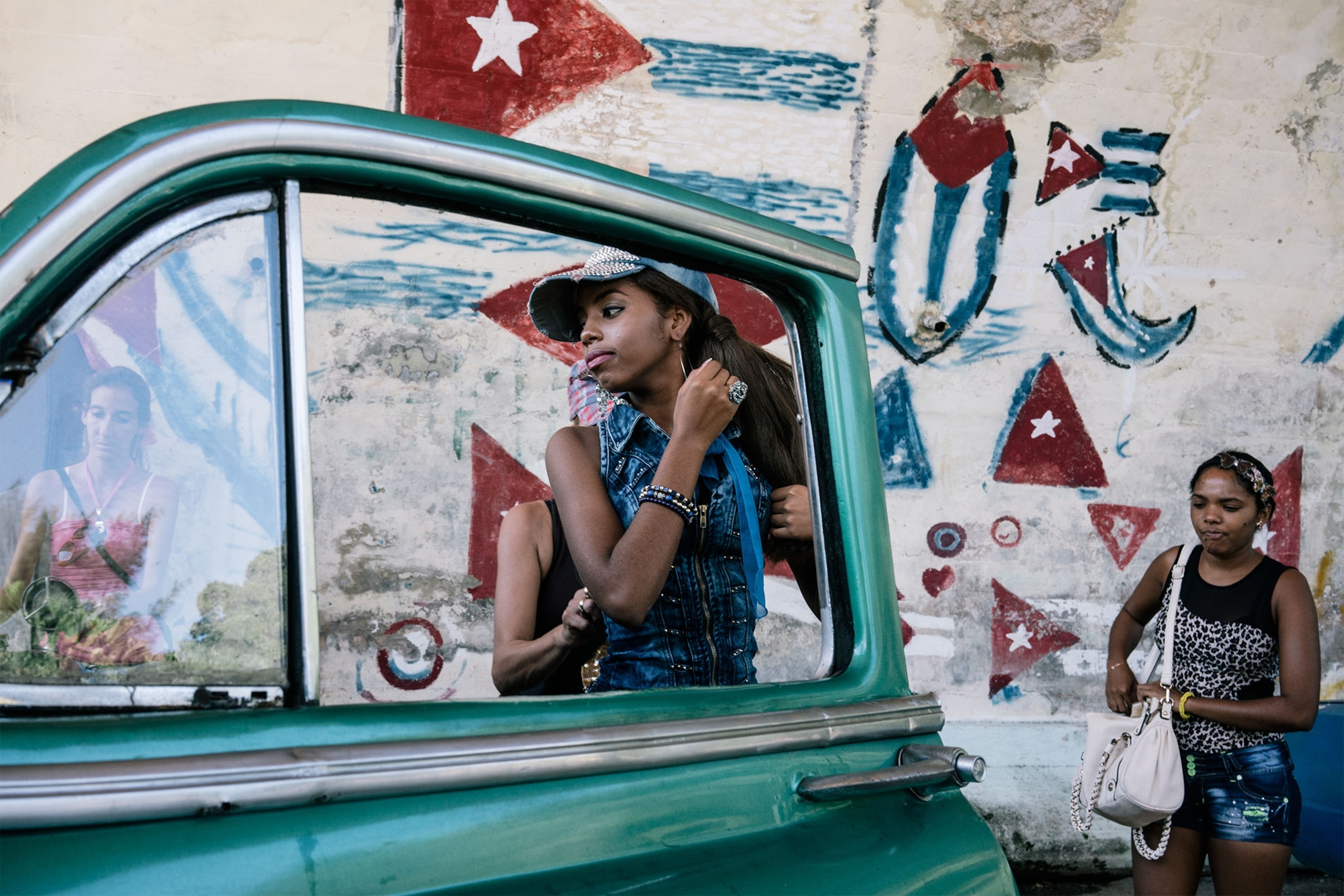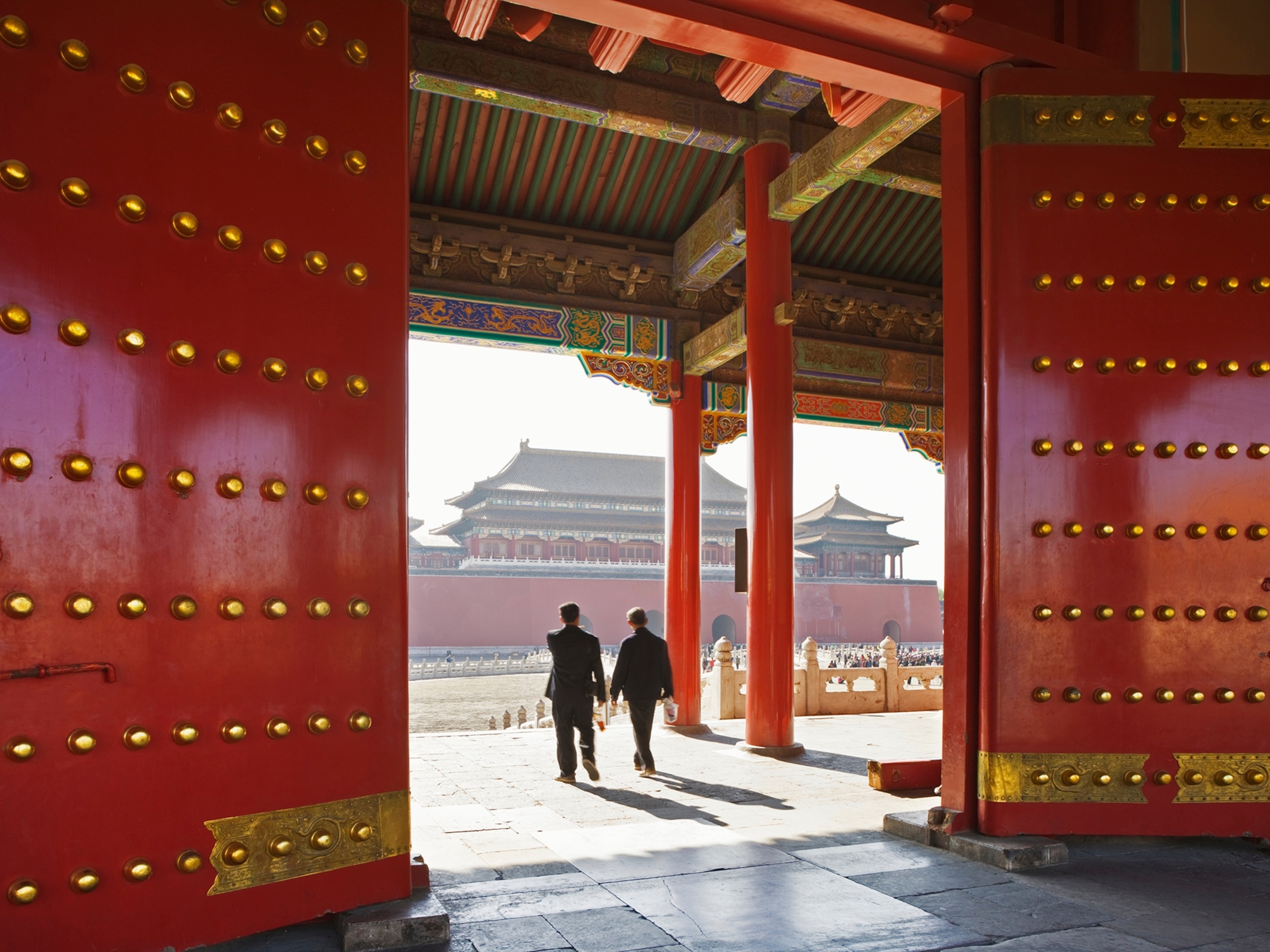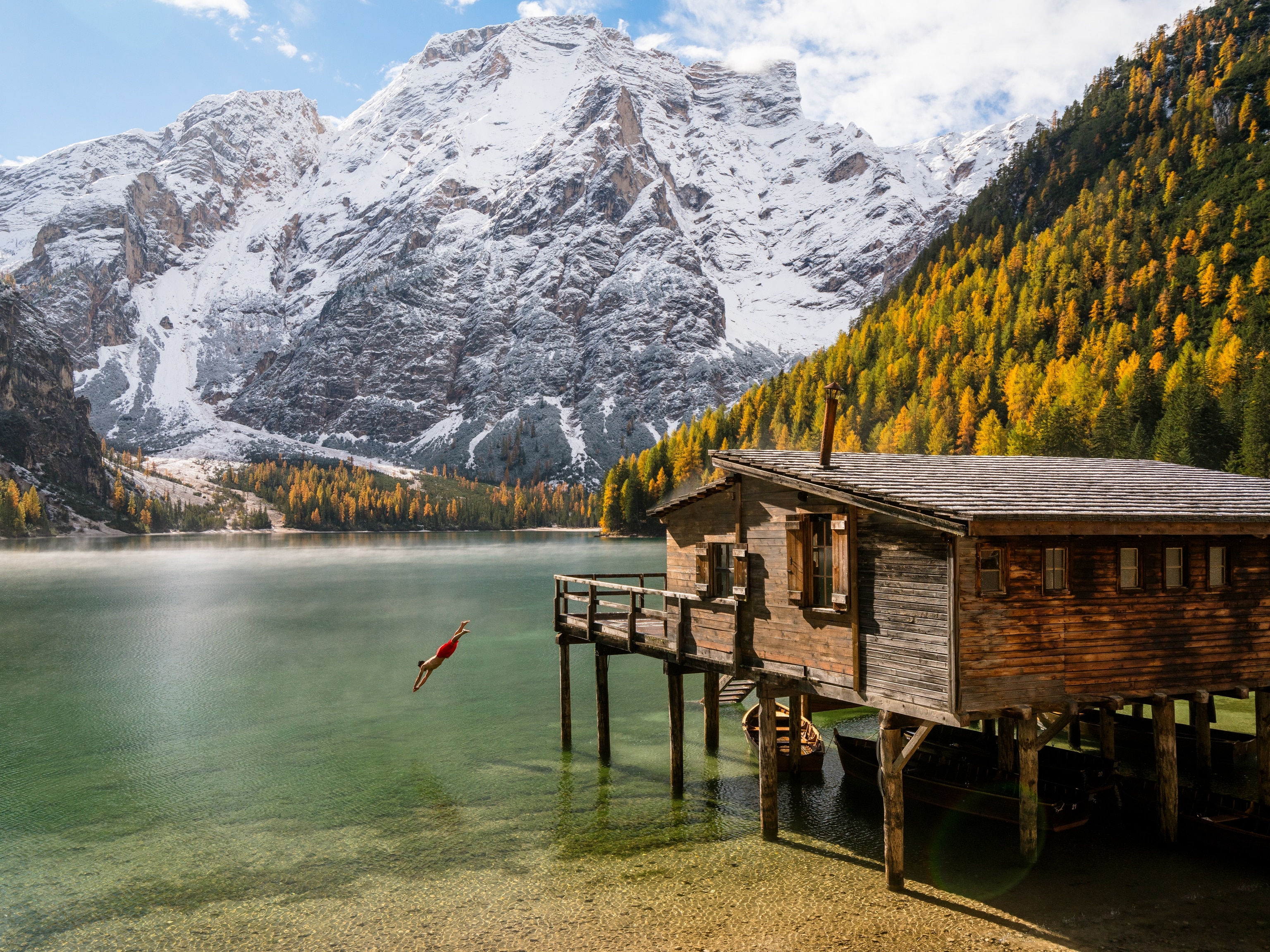Discover Old Havana's Vibrant Architectural Heritage
Cuba's capital holds one of the most impressive ensembles of historic architecture in the Americas.
Centered around five main plazas, Old Havana boasts one of the most impressive ensembles of historic architecture in the Americas. From baroque to art deco, neoclassical to art nouveau, the district’s rainbow facades flaunt Cuba’s diverse cultural heritage.
Founded in the early 16th century on the southwest coast of Cuba by Spanish conquistador Pánfilo de Narváez, Havana moved twice before taking permanent establishment on the Caribbean island’s northwest coast.
Strategically chosen for its location in the Gulf of Mexico, Havana became a mandatory stop for ships traveling to and from the New World, and quickly became the largest port in the Spanish West Indies. Today, the city still claims some of the oldest stone fortifications in the Americas, and Old Havana, or Habana Vieja, claims some of the most beautiful architecture.
Old Havana’s original urban layout is still intact. Some 900 historic buildings surround its five main plazas—Plaza de Armas, Plaza Vieja, Plaza de San Francisco, Plaza del Cristo, and Plaza de la Catedral—and the city’s baroque, neoclassical, and art deco architecture honors its Caribbean, Spanish, French, and British roots.
Building ordinances in the 19th and 20th centuries have preserved the integrity of the architectural hub: Wrought-iron gates, internal courtyards, and balconies adorn the cobblestone plazas. Highlights include a visit to the Castillo de la Real Fuerza, one of the oldest existing forts in the Americas. The 18th-century Catedral de San Cristóbal de la Habana is a must-see on the plaza by the same name. Tucked around the corner is the Taller Experimental de Gráfica, an experimental art studio where you can watch artists at work.
How to Get There
José Martí International Airport is located about 13 miles (22 kilometers) from Old Havana, with airline services to North America, Europe, and other Caribbean islands.
- National Geographic Expeditions
How to Visit
For years, travelers from countries all around the world have flocked to Cuba for its cultural heritage, pristine beaches, and notorious nightlife. Visit aduana.co.cu for the most up-to-date information on Cuban customs regulations. And while traveling to Cuba as a U.S. citizen might seem complicated, it’s not nearly as impossible as in the past. U.S. citizens planning a trip to Cuba should visit the U.S. Embassy in Cuba’s website and travel.state.gov for the most current travel regulations. Many companies also offer organized tours that include lodging, food, transportation, and cultural tours, including National Geographic’s own “Cuba: Discovering Its People and Culture,” which stops in Havana, Cienfuegos, and historic Trinidad.
When to Visit
Havana boasts a tropical climate, and like the rest of the Caribbean, has a hurricane risk between June and November. November to March is typically drier, though prices peak during holiday travel. Some hotels offer fewer facilities during its low season—May, June, and September—and you can expect daily downpours in the summer months. But don’t let an afternoon deluge dampen your plans—pop into one of Plaza Vieja’s many cafés (there’s even a microbrewery) and cool down with a fresh mojito as you soak in the spectacular city.

















